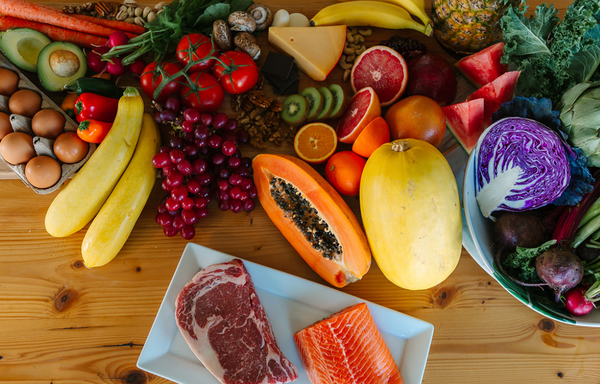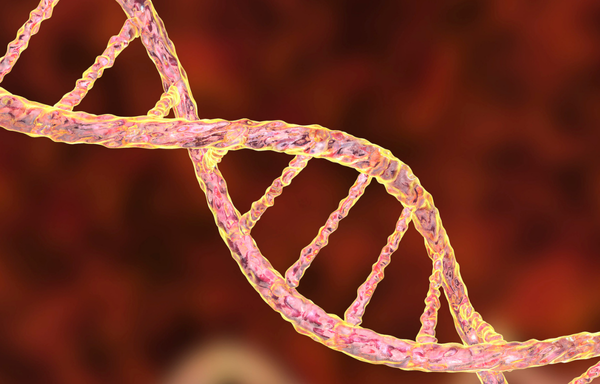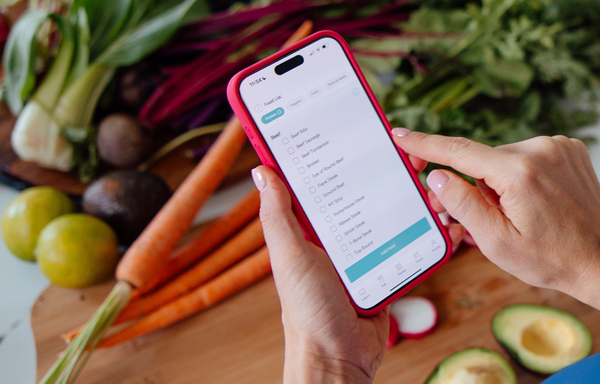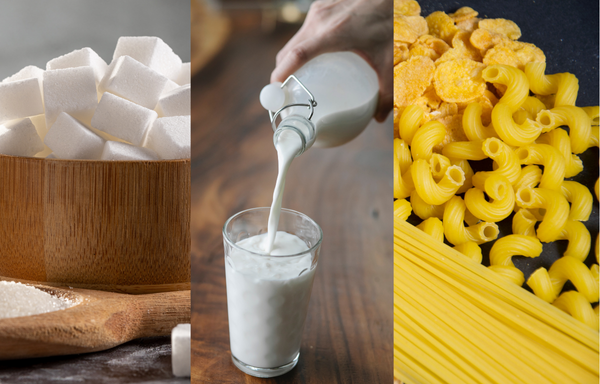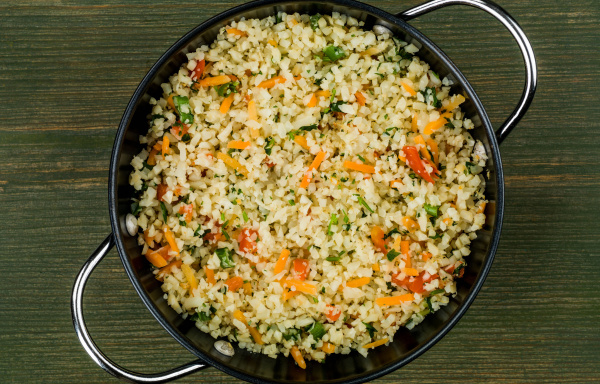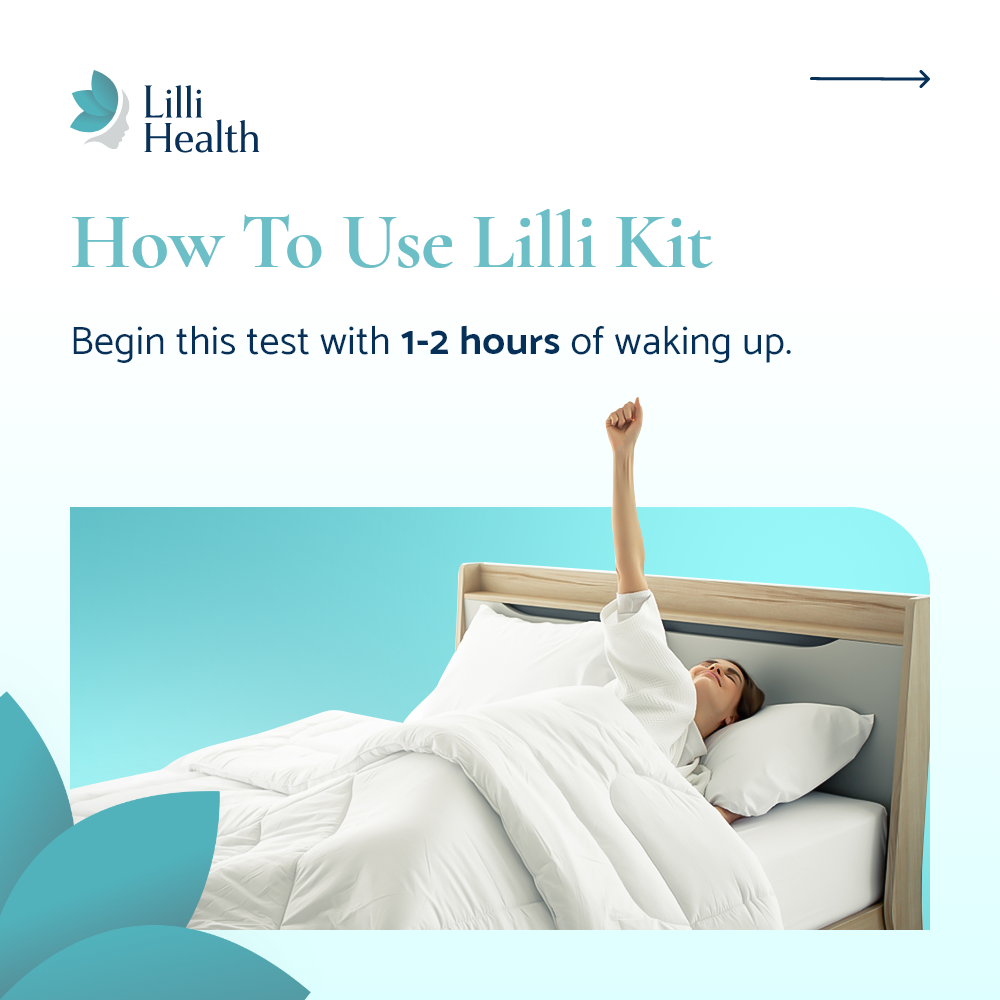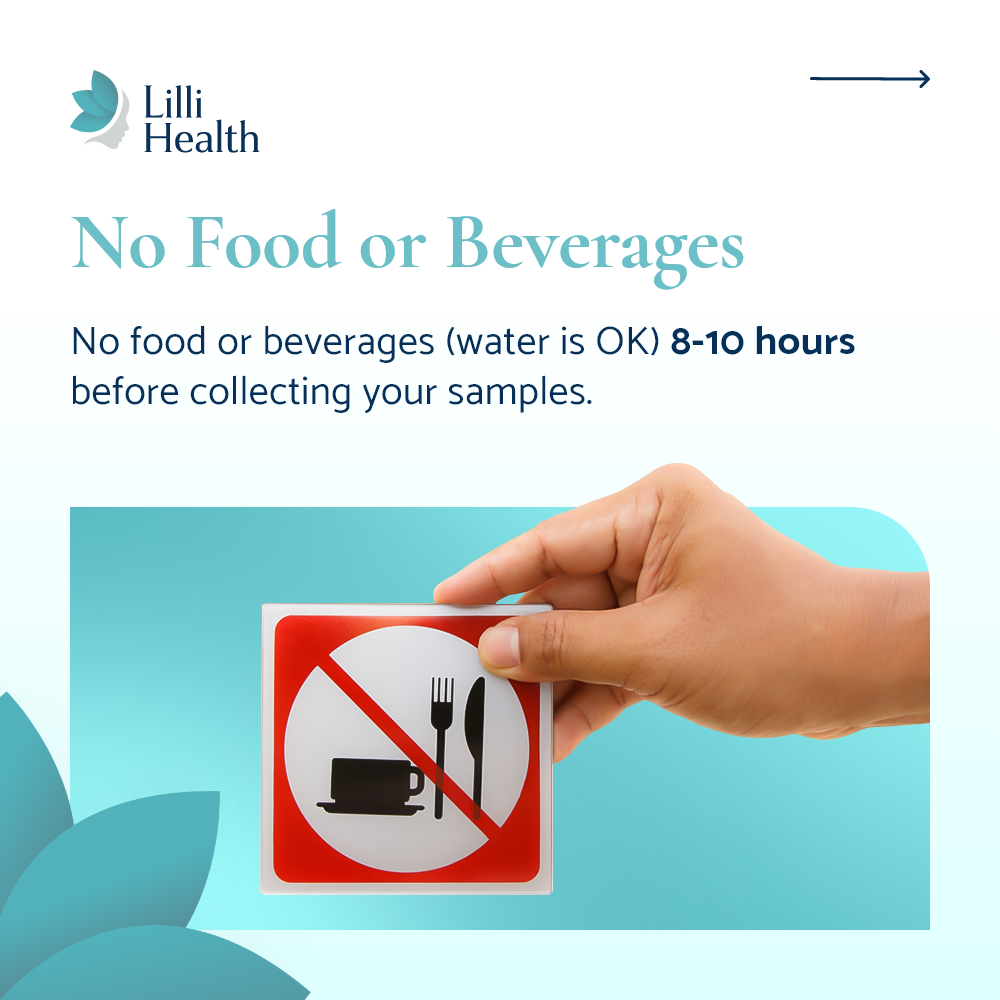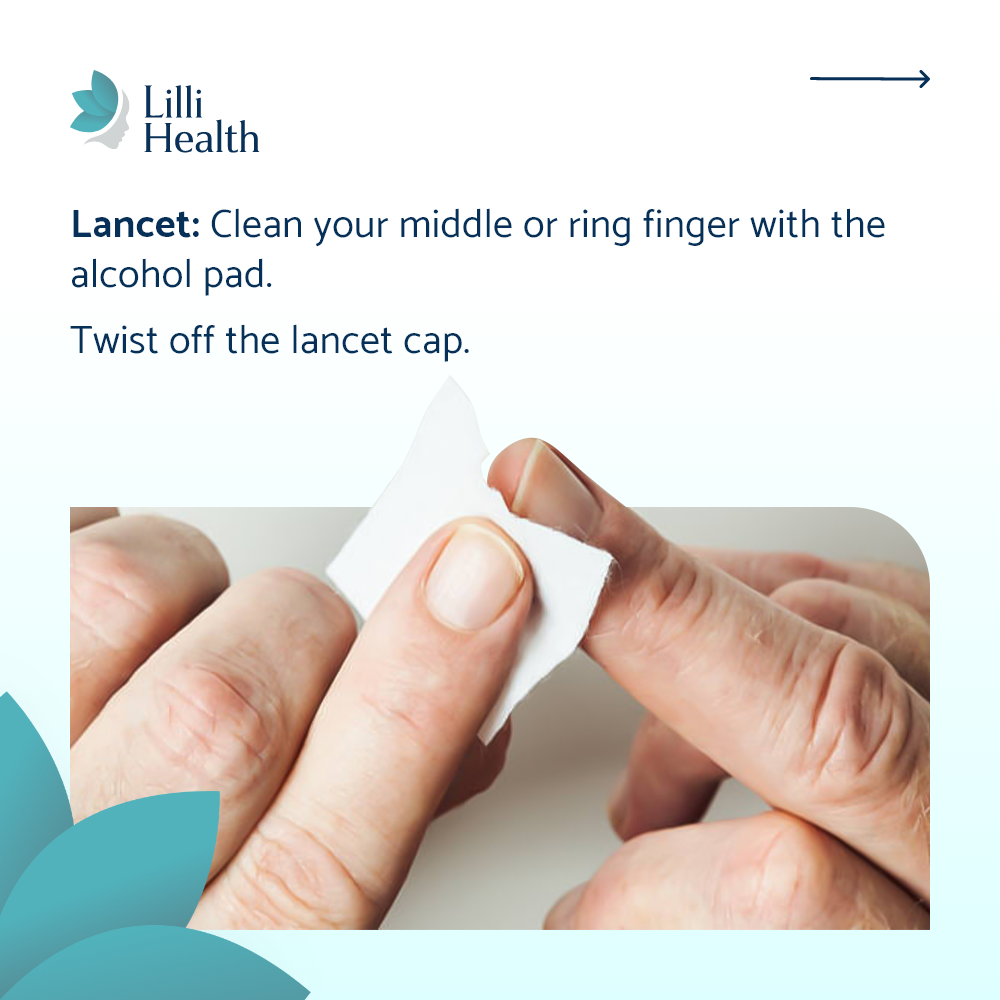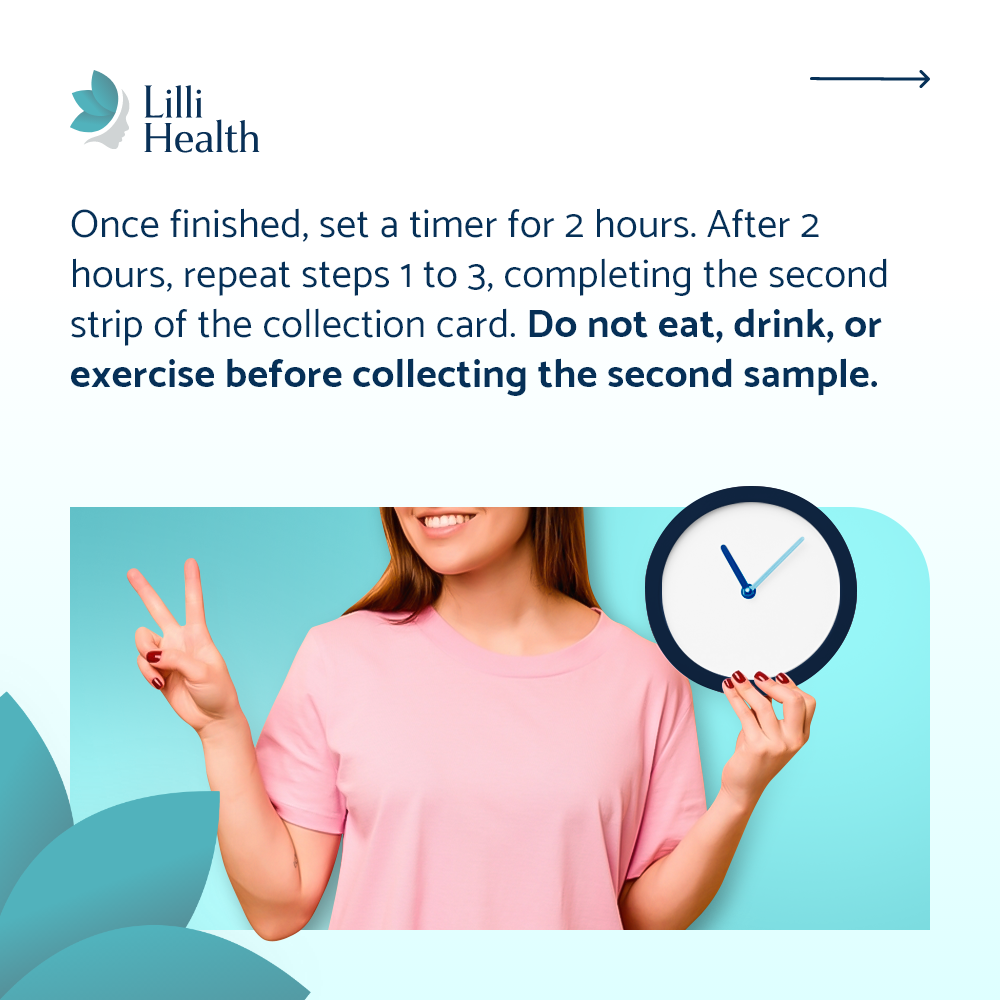

Keeping It Off: Why Lilli Makes Weight Loss Sustainable
Losing weight is one thing—keeping it off is another. The reason so many people regain the weight they lost after dieting isn’t because they lack willpower. It’s because traditional calorie-focused dieting forces the body into a metabolic crisis.
When you restrict calories but still keep insulin high (by eating starches, sugars, or frequent small meals), your body burns muscle instead of fat. And your body does not want to lose muscle. Muscle is essential for survival, so when your body senses muscle loss, it slows down your metabolism to prevent further loss and increases hunger signals to push you to eat more.
This is why people who lose weight through calorie-restriction and exercise alone often feel exhausted, hungry, and constantly thinking about food. Their body isn’t burning fat efficiently, and because insulin is still high, it struggles to access stored body fat for fuel. Instead, it keeps screaming for more food.
The worst part? That hunger doesn’t go away when they regain the weight. Once the body has gone through a period of starvation while insulin was high, it does everything it can to prevent that from happening again. It keeps hunger signals elevated long after the weight is regained, leading to an endless cycle of yo-yo dieting.
Trust me, I lived that life for almost 15 years.
Why a Low Insulin Lifestyle Prevents Weight Regain
With a Low Insulin Lifestyle, weight loss doesn’t feel like a crisis to your body. Your body isn’t stressed about the weight loss—it’s thriving.
Instead of breaking down muscle, your body efficiently burns stored fat for fuel. That’s what body fat is supposed to be used for. Your metabolism doesn’t need to slow down, and your hunger signals stay balanced because your body is getting energy from its own fat stores.
This is why weight loss on a Low Insulin Lifestyle doesn’t rebound like it does with traditional diets. Your body isn’t in panic mode. It’s not trying to “fix” anything by forcing you to overeat or slowing your metabolism to compensate. It’s simply working as it was designed to—burning stored fat for fuel, preserving muscle, and keeping hunger in check.
Sometimes it’s hard to believe how effortless it is to maintain the body I have now. It might sound impossible, but it couldn’t be more true. Some people may think giving up potatoes or rice is too much effort, but I don’t even think about them anymore—my body doesn’t crave them at all. My treats? An extra piece of dark chocolate and a glass of wine.
This is Even More Important for Patients Using GLP-1 Drugs Like Ozempic
For those using GLP-1 medications like Ozempic, Wegovy, or Mounjaro, keeping insulin low becomes even more critical. These drugs work by stimulating insulin secretion to help lower blood sugar in type 2 diabetes, but this increased insulin response also leads to muscle loss.
This is why so many people on GLP-1 drugs lose significant amounts of muscle mass along with fat—because high insulin prevents the body from efficiently burning stored fat, forcing it to pull from muscle instead.
For people on these medications, following a Low Insulin Lifestyle is crucial to:
- Ensure fat loss instead of muscle loss.
- Support metabolic health long-term.
- Improve the likelihood of keeping the weight off after stopping the medication.
Many people struggle with weight regain after stopping GLP-1 therapy, not because the medication failed, but because their weight loss was driven by a process that wasn’t sustainable for their metabolism. By keeping insulin levels balanced through food choices, the body is more likely to continue burning fat and maintaining lean muscle, making long-term weight loss success much more achievable.

